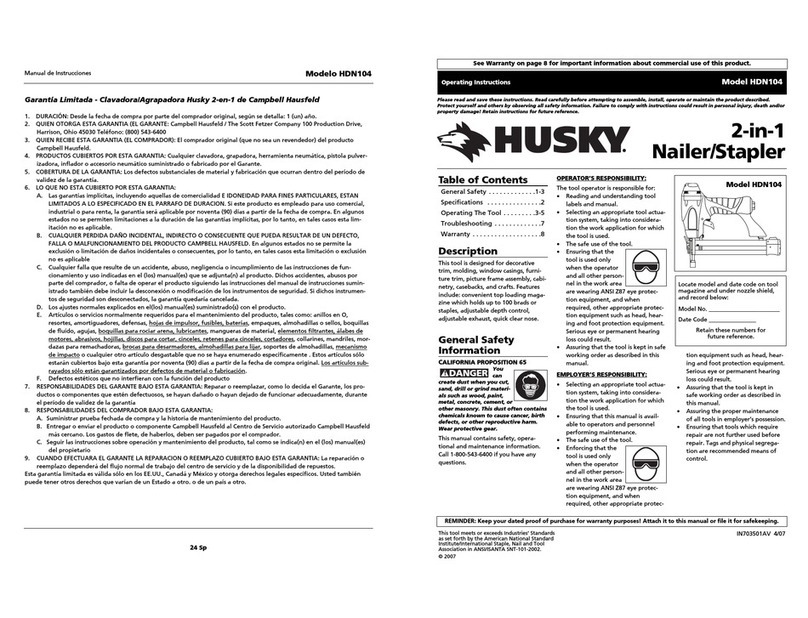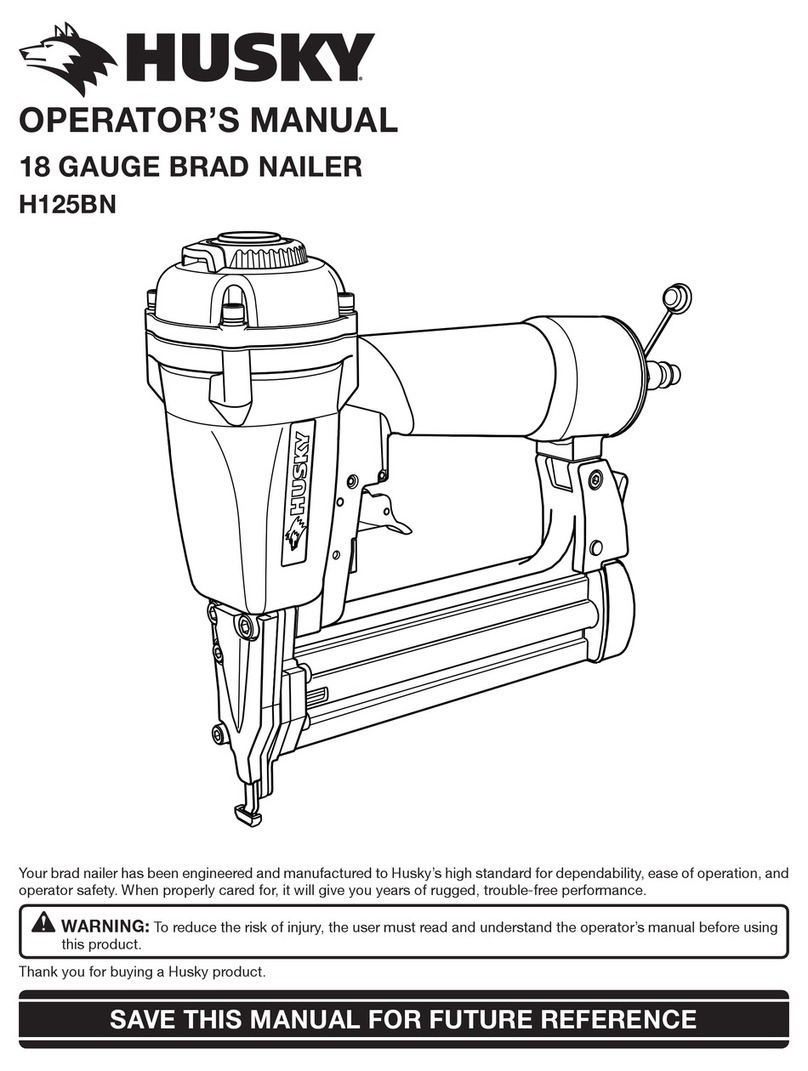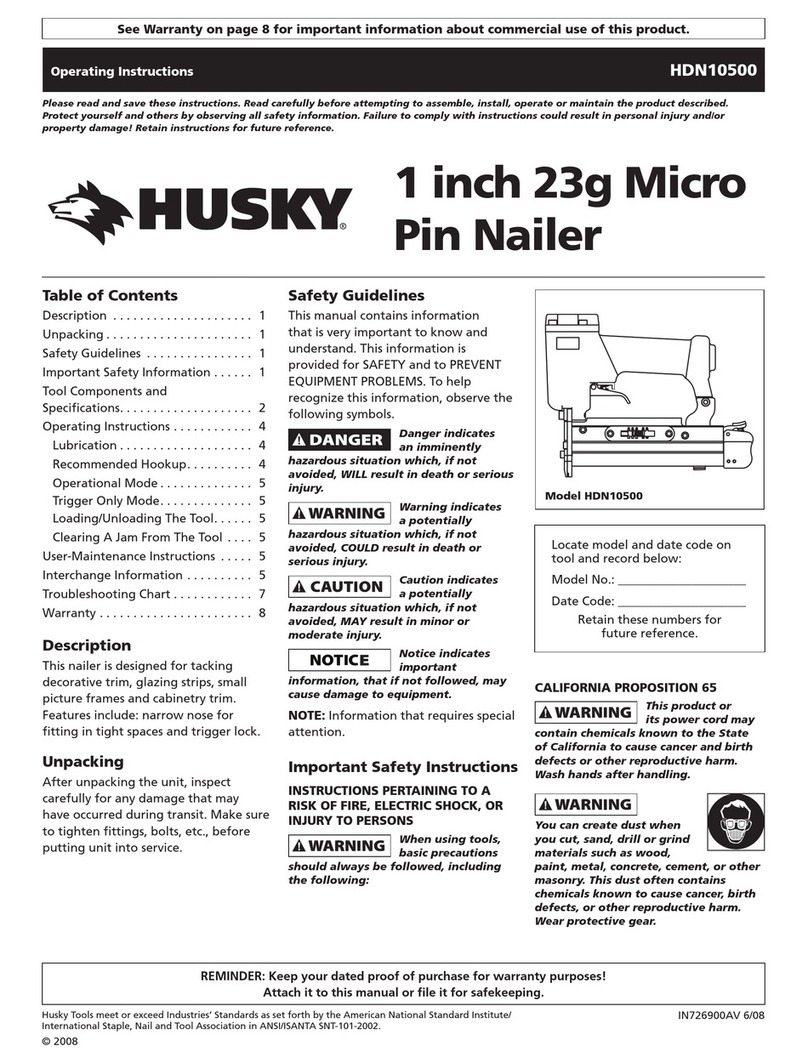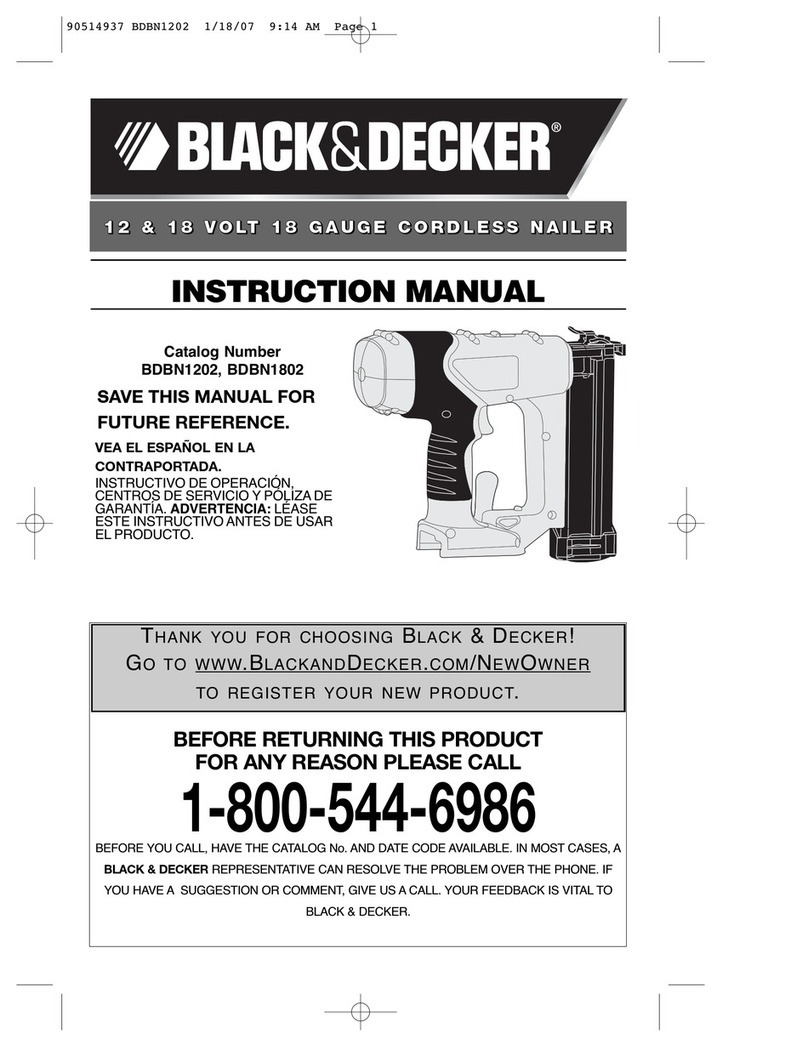Husky DPFN64 User manual
Other Husky Nail Gun manuals
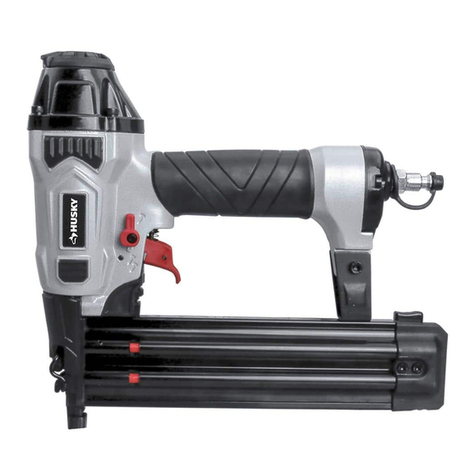
Husky
Husky DPBR50 User manual
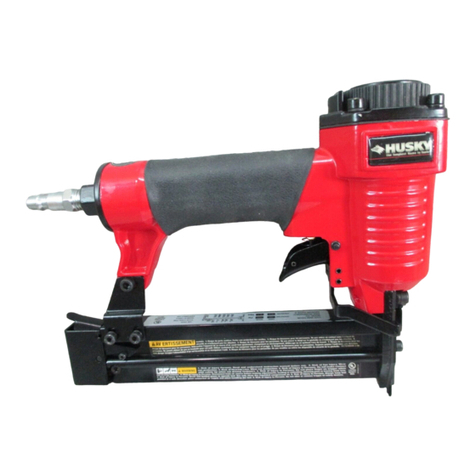
Husky
Husky F32/9032 User manual
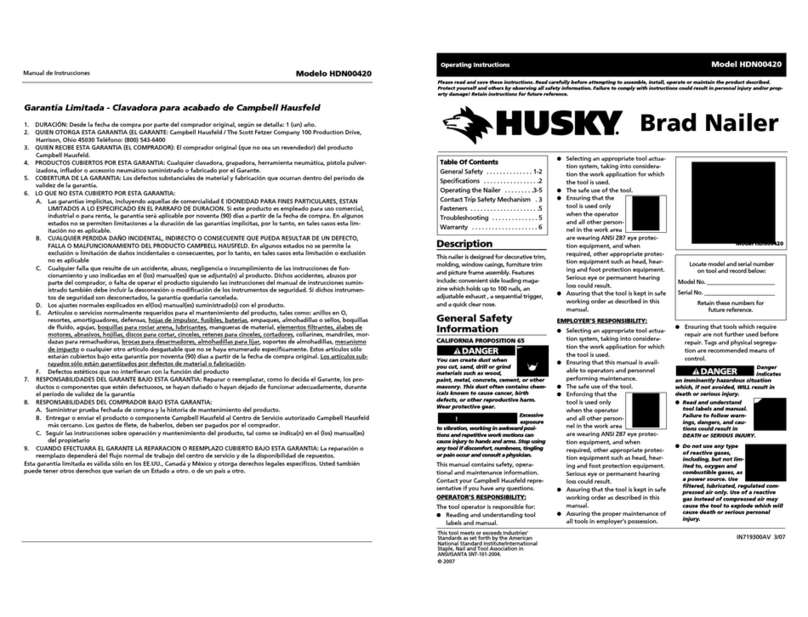
Husky
Husky HDN00420 User manual
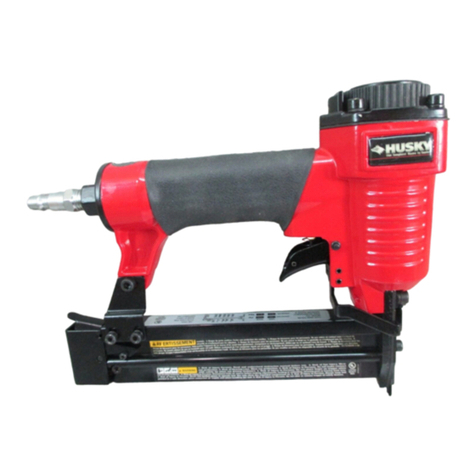
Husky
Husky XAKC9032 User manual
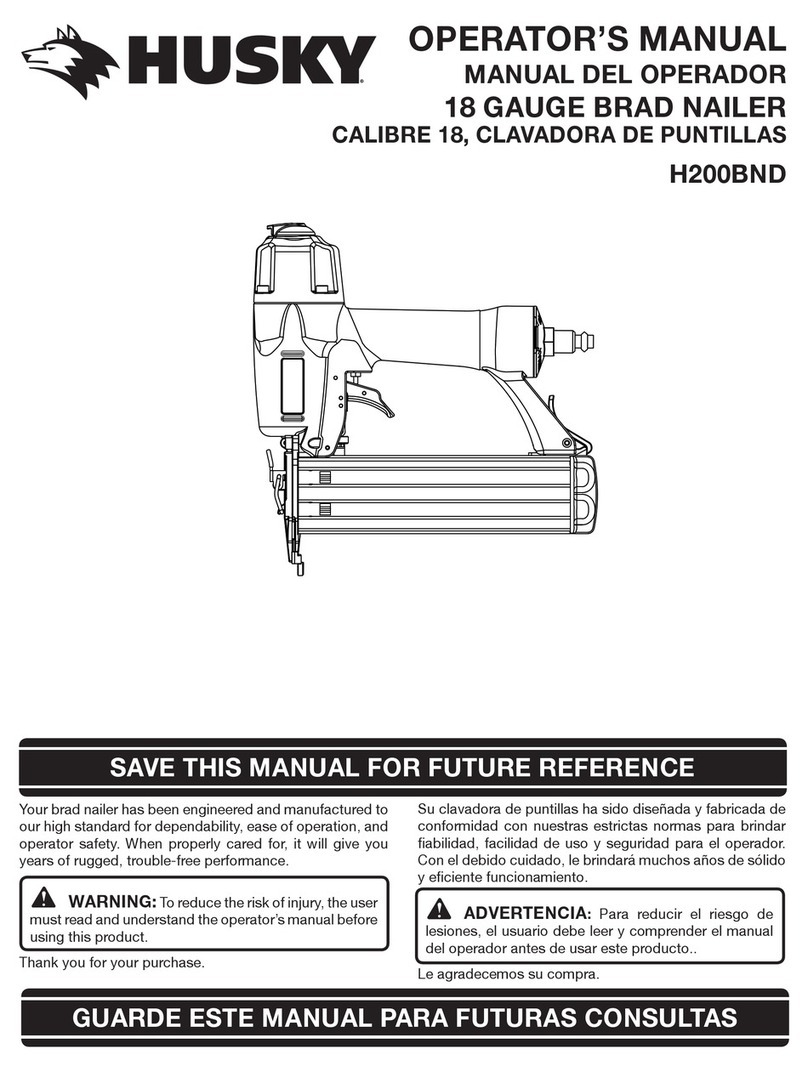
Husky
Husky H200BND User manual
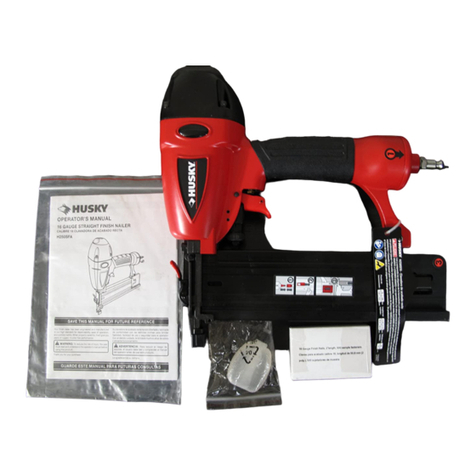
Husky
Husky H250SFA User manual

Husky
Husky HD289000 User manual
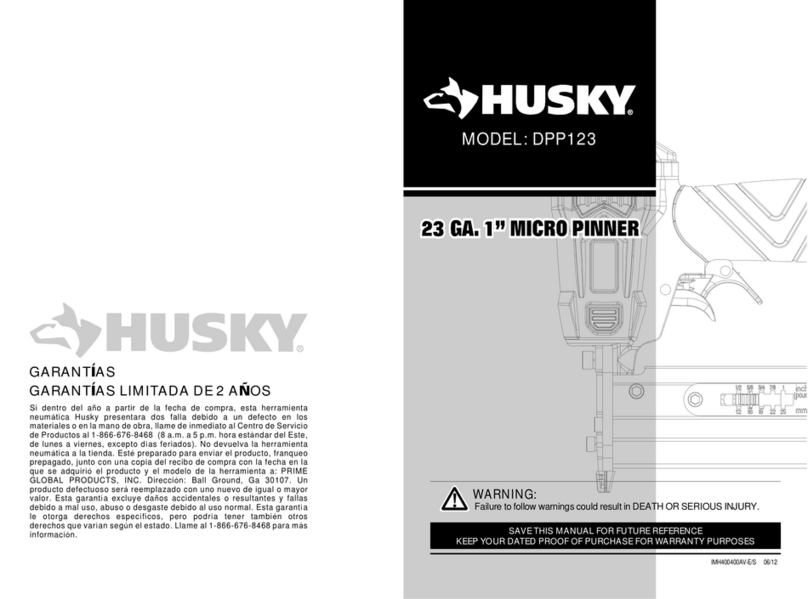
Husky
Husky DPP123 User manual
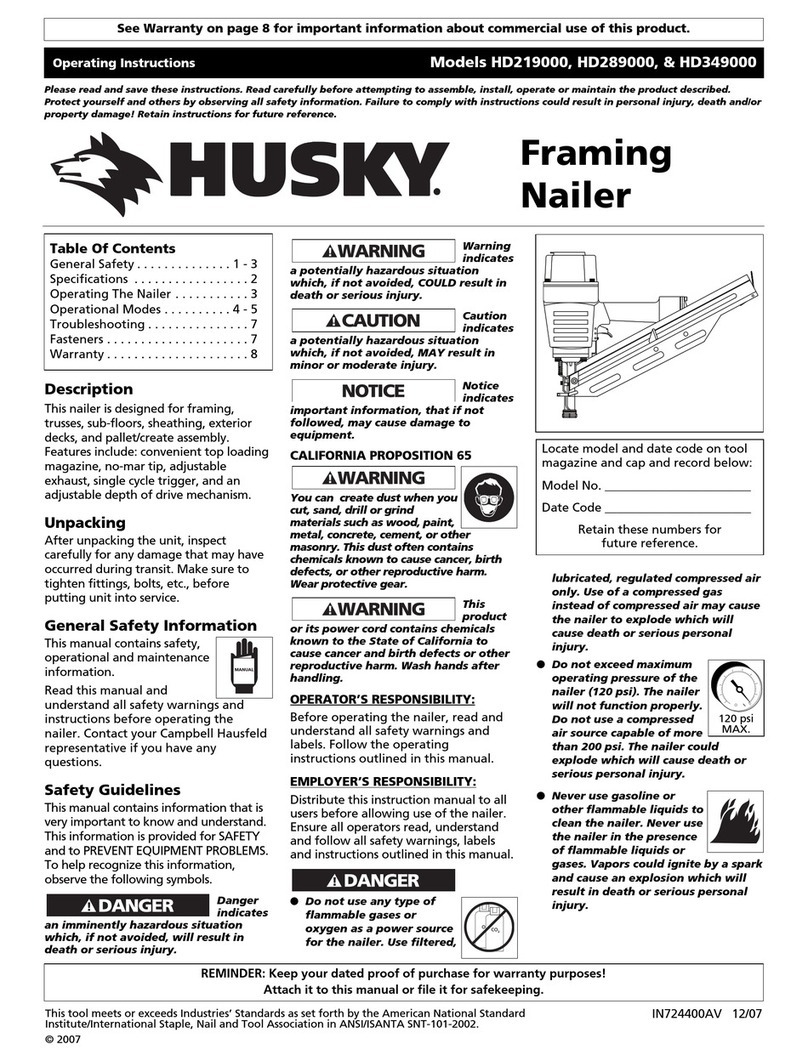
Husky
Husky HD219000 User manual
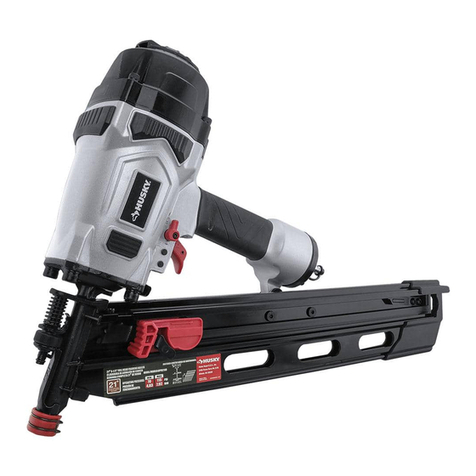
Husky
Husky DPFR2190 User manual
Popular Nail Gun manuals by other brands

Performance Tool
Performance Tool M643 owner's manual

Hitachi
Hitachi VH650 - Fencing Nailer, Full Head instruction manual

Parkside
Parkside PET 25 B1 Operation and safety notes

Senco
Senco Fusion Technology F-35XP operating instructions

Grizzly
Grizzly G1847 instruction manual

Ryobi
Ryobi R18N18G Original instructions

Black & Decker
Black & Decker 492848-00 instruction manual

HOLZMANN MASCHINEN
HOLZMANN MASCHINEN TN90 user manual

Metabo HPT
Metabo HPT NR 3690DC Instruction and safety manual

Surtek
Surtek CN650 User manual and warranty

Makita
Makita GF600 instruction manual

Parkside
Parkside PET 25 B1 Operation and safety notes

